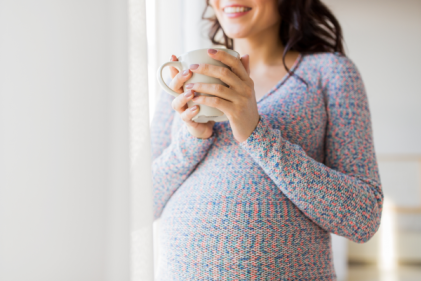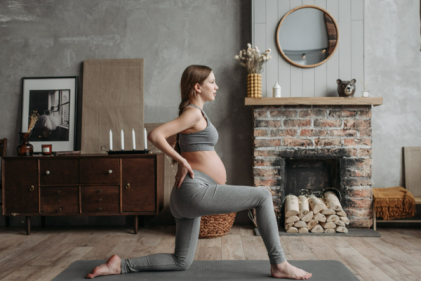If you have already had one or more babies by caesarean section, you may be wondering whether you need another caesarean when you have your next baby. In many cases, it is possible to have your next baby vaginally (VBAC)
However, in some cases your obstetrician may recommend that you have another caesarean. This is known as a planned, repeat or elective caesarean.
A repeat caesarean may be recommended in the following circumstances:
- You have pregnancy complications, for instance, you have a low-lying placenta or your baby is in a breech position.
- You have already had a previous caesarean where a vertical cut was made in your uterus. This is called a high uterine incision. It is generally only done if your baby is very premature, or is lying crossways.
- You have already had two or more caesarean sections.
- Your uterus ruptured during a previous labour.
These factors can contribute to a more risky vaginal birth, but do not always mean that a VBAC isn’t possible. If you are keen to have a vaginal birth, it’s advisable to speak to your obstetrician and midwife.
There are risks associated with caesareans, which increase with each one you have. These risks include:
- All caesareans, like any other surgery in the pelvic area, carry a risk of adhesions (bands of scar tissue which can cause organs to stick together) developing as it heals. Adhesions can cause pain because they limit the movement of the organs in your abdomen. They can also occasionally lead to fertility problems because adhesions can press on or block the fallopian tubes. Scar tissue builds up after each operation. If you have a lot of scar tissue, it can be trickier for your obstetrician to make the opening in your uterus. This may mean the operation takes longer and also increases the chance that the obstetrician could make an accidental cut in your bladder or bowel.
- Having two or more caesareans increases the risk of placenta praevia, where the placenta partially or completely covers the cervix. A rare complication of placenta praevia is when the placenta becomes embedded too deeply into the wall of the uterus. In this case the placenta stays attached to the uterus rather than coming away after your baby is born. This results in bleeding when it s removed. If this happens you will need emergency care. Without treatment, severe bleeding can be life-threatening for both you and your baby.
However, there are also many advantages to having a planned repeat caesarean:
- A planned repeat caesarean will reduce the risk of uterine rupture during labour. Uterine rupture is a serious and potentially life-threatening complication for you and your baby.
- A caesarean also avoids the small risk to your baby of brain damage or being stillborn from lack of oxygen during labour.
- Although your abdomen will be sore after a caesarean, you won’t have the same discomforts that can result from a vaginal birth including; pain from bruising and stitches, in the area between your vagina and anus (perineum) and urine leaks, while the area around your vagina recovers
- In the long term, caesarean birth may also help protect against the slight risk of your uterus slipping into your vagina (prolapse).
Having a planned repeat caesarean birth also means that you have a set date for your baby to arrive. This can make getting ready for the birth of your baby easier.






